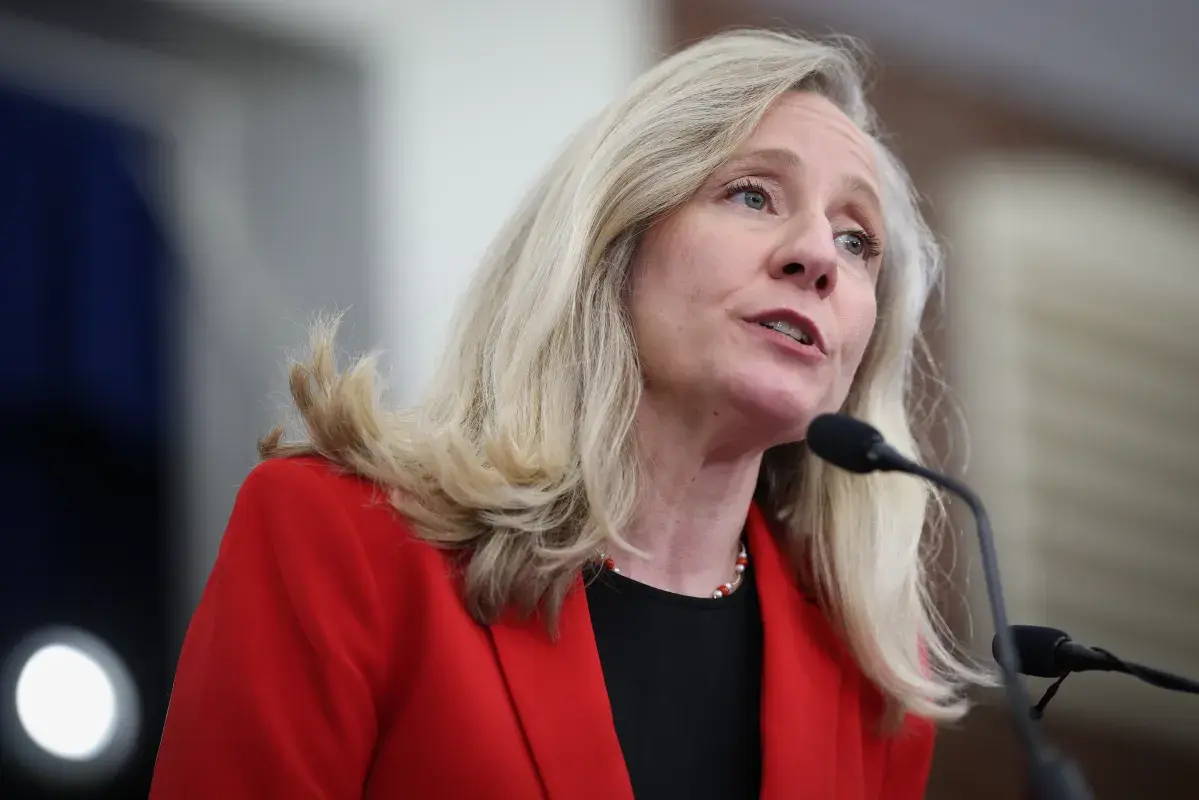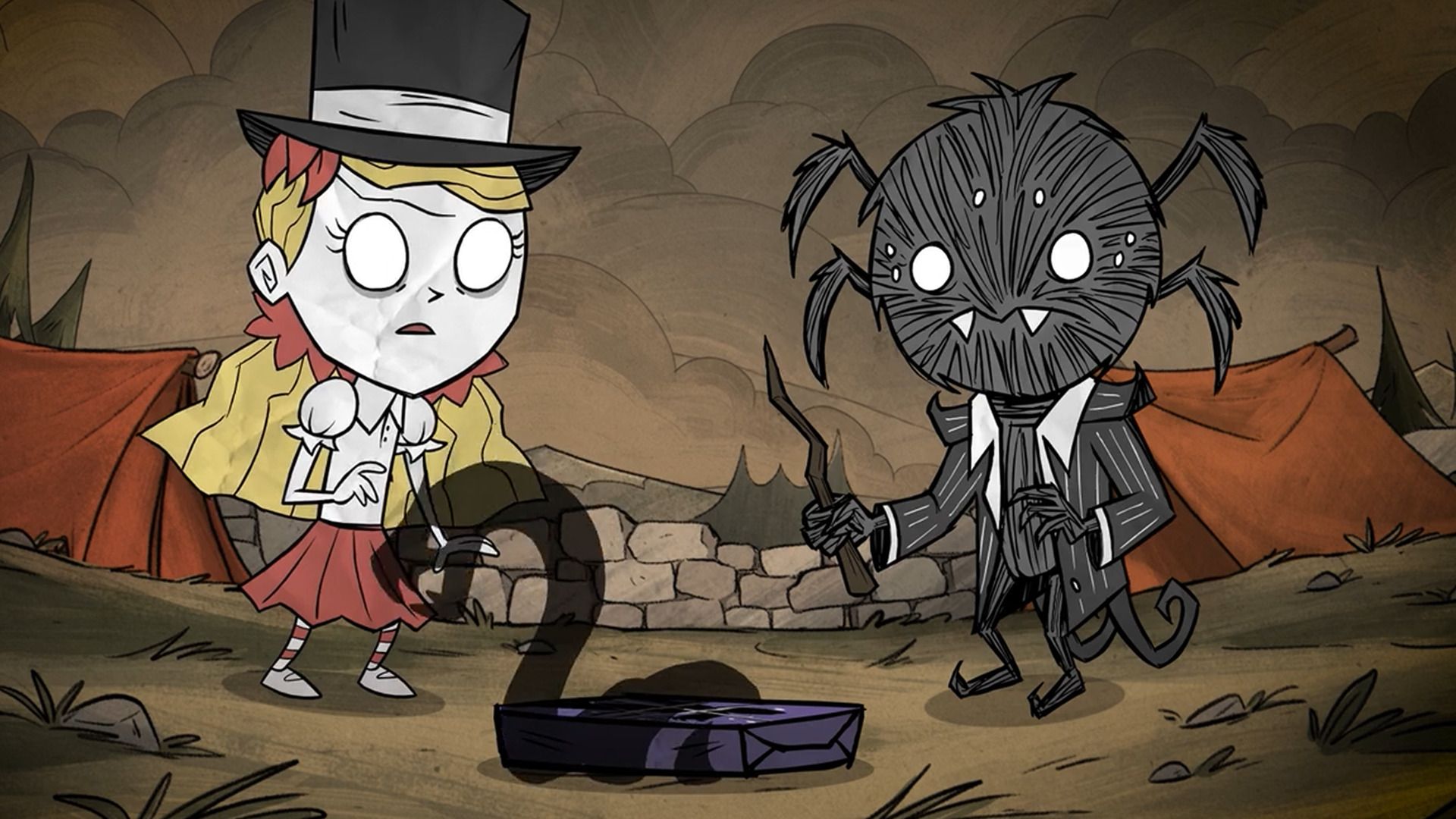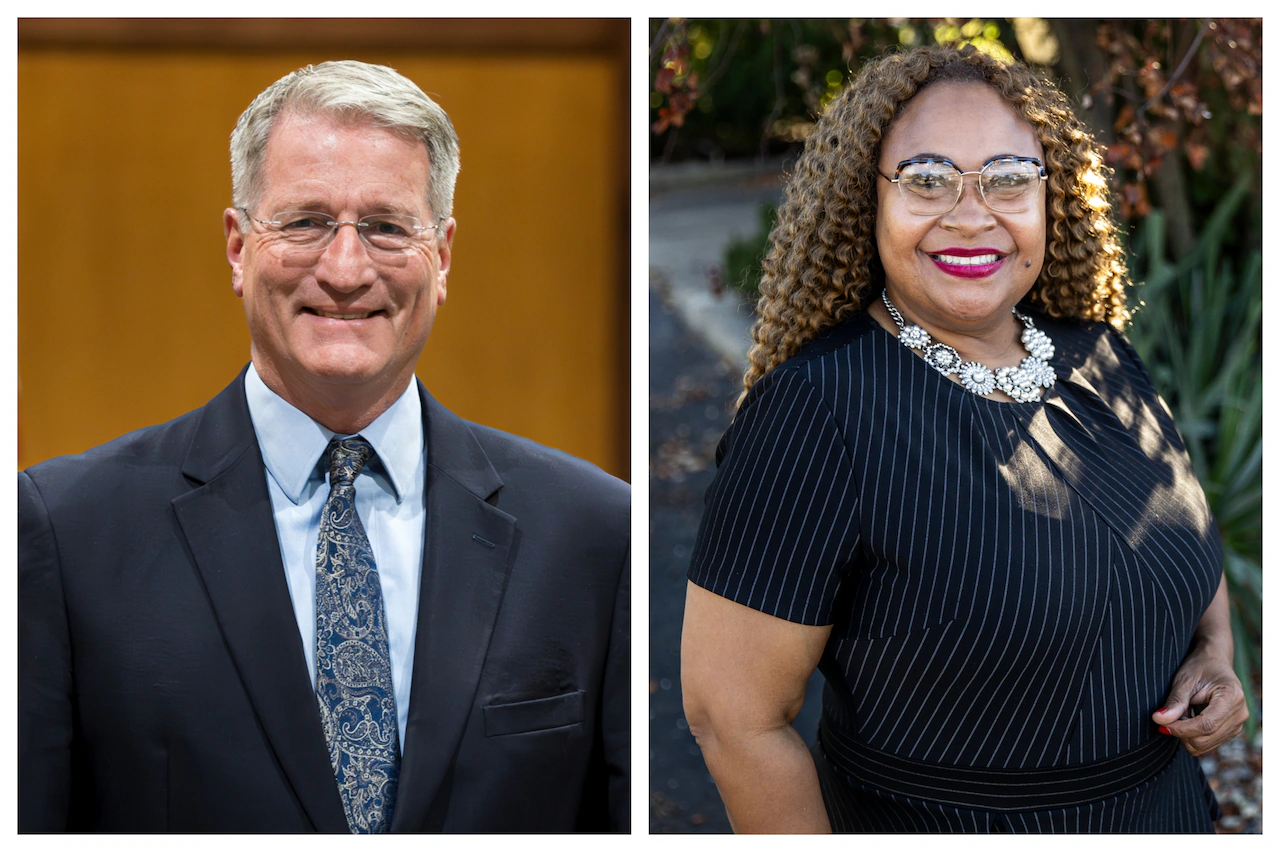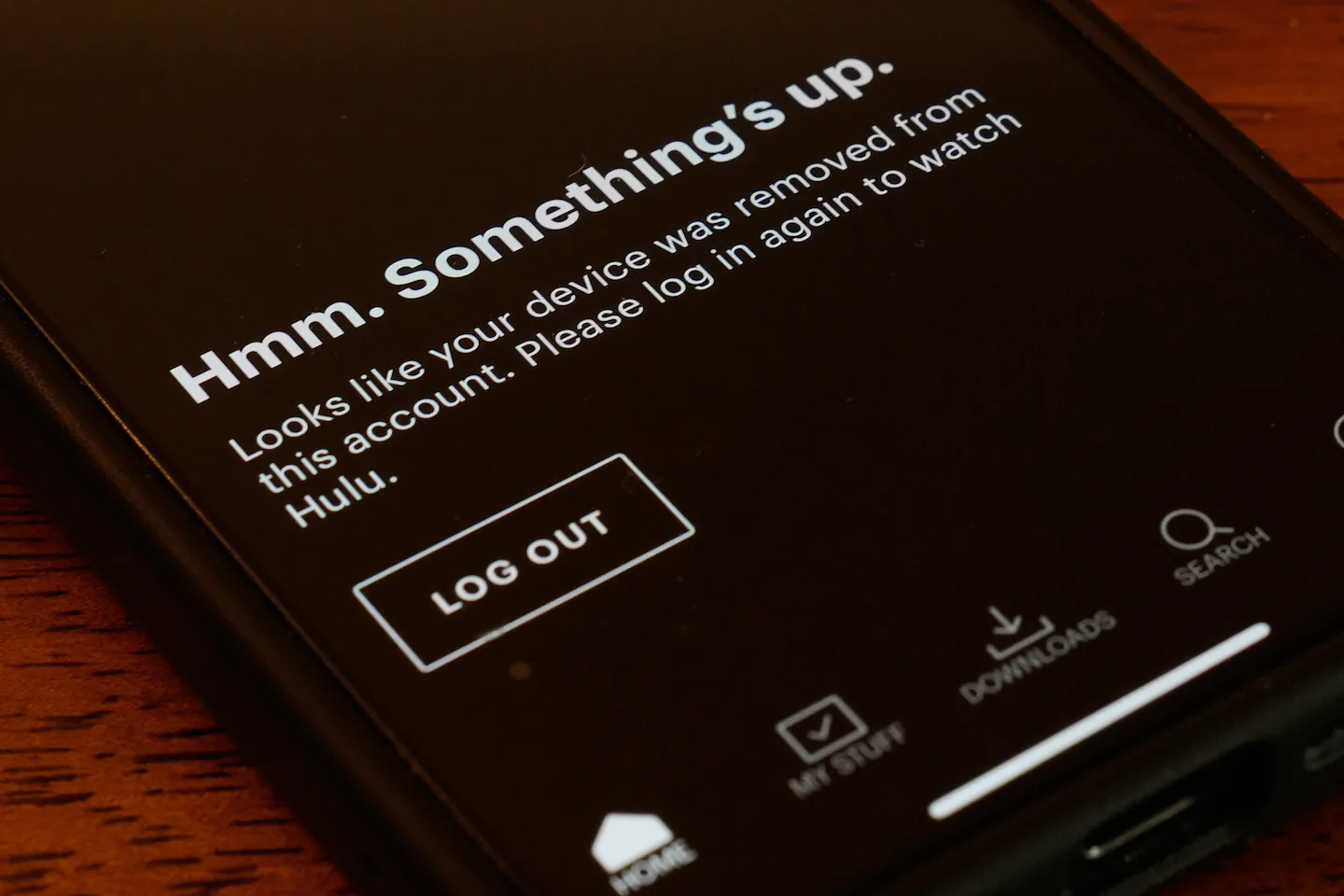Copyright Variety
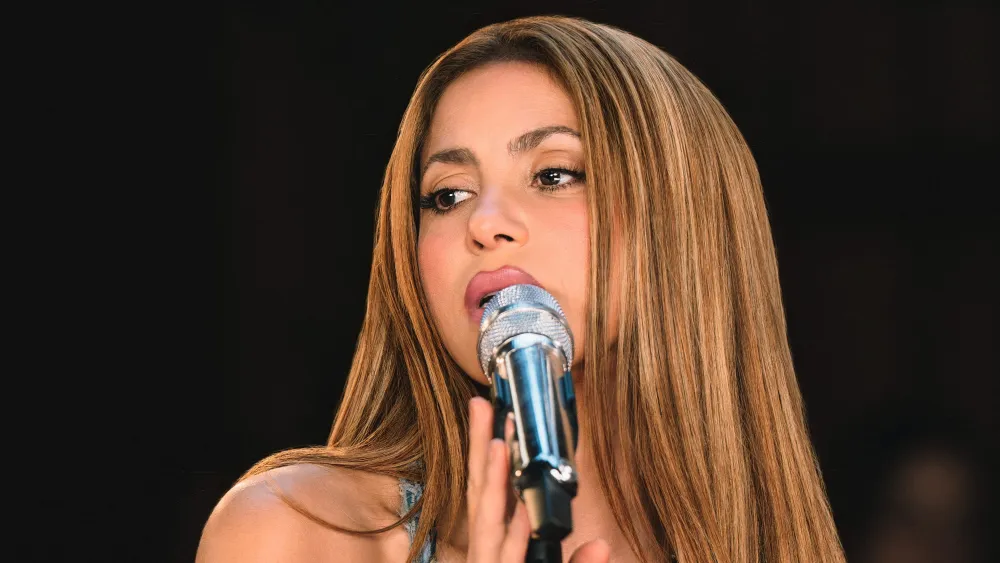
Exactly three decades ago, in October 1995, Shakira unveiled her third studio album, the career-defining “Pies Descalzos.” The collection of Spanish-language songs became a daring introduction to an artist intent on reshaping the Latin music landscape with a blend of pop and rock and with the pulse of Latin America and beyond, weaving in echoes of Afro beats, Arabic melodies and folk traditions that hinted at the global storyteller she was destined to become. A decade later, she once again upended expectations with her “Fijación Oral” two-part project that blurred languages. Following the global triumph of her 2001 English-language debut, “Laundry Service,” she returned with something to prove, releasing “Fijación Oral, Vol. 1” in Spanish and its mirror image, “Oral Fixation, Vol. 2,” in English. Paired with her unmistakable vibrato, these two records would cement Shakira as one of the most original and influential voices of her generation. “I think my memories of ‘Pies’ are burned into my brain with more clarity than the ‘Oral Fixation’ series,” Shakira tells Variety in an email interview. “Just because it was such a before and after moment for me and it was all recorded in such a brief time. There was nothing to lose, then, really, and there was a freedom in that. ‘Oral Fixation 1 and 2’ were another before and after, because they had two of my biggest hits, ‘La Tortura’ and ‘Hips,’ but they were a much, much longer process and full of so many different sounds — I was doing a lot more exploring and fusion by then, though even as early as ‘Pies’ I was including world genres like reggae.” “Fijación” set a record for the highest debut of a full-length Spanish-language album in the U.S. (debuting at No. 4 on the Billboard 200) at the time. Internationally, it reached No. 1 in Argentina, Germany, Mexico and Spain. And at the seventh Latin Grammy Awards, it won album of the year, making a then 29 year-old Shakira the first female recording artist to take the category. To mark the 30th anniversary of “Pies Descalzos,” and the 20th anniversary of “Oral Fixation (Vol 1 and 2),” Spotify and Shakira have reimagined the classics that shaped her career alongside Ed Sheeran, Colombian artist Beéle and a 14-piece string ensemble. Below, Shakira revisits her most pivotal moments in intimate detail, offering insight into which of today’s artists she would’ve loved to feature on her early albums. She also shares her reaction to the news of Bad Bunny headlining the Super Bowl and much more. You are performing these songs with Ed Sheeran and Beéle for the Spotify special. Why did you choose to revisit these songs with these collaborators? Ed and I have been talking and trading ideas for years, literally, and have worked on multiple ideas, but the timing was never right for one or the other of us. This year we are finally making two big moments with writing together for “Zootopia,” and now this. I really love what he does with just a guitar and how unique it and his vocal arranging is. I knew he would bring something fresh to “Hips.” Beéle is from my hometown, and part of the new generation, and with this song being the one that put Barranquilla on the map in the U.S., I thought it would be beautiful to incorporate another artist from there and especially that autochthonous phrasing and melody that we put together for this and that he sings so well and with so much soul. When you revisit the original artwork and creative vision behind “Fijación Oral,” what do you see or understand now about the artist or person you were then? I see someone who was exploring, searching, still looking to break barriers, to push things one step further after having introduced Latin sounds to a U.S. audience on “Laundry Service.” I felt more bold and self-assured by this point in my career in both Spanish and in English, and it was one of the most fruitful creative periods of my life. Outside of the big hits, is there a track from those albums (“Fijación Oral Vol. 1 and 2”) you wish you had the chance to revisit more often in your live shows? I always have a soft spot for the B-sides. I think, it would be impossible to say I wouldn’t love to be able to perform “Dia Especial” side by side with Gustavo Cerati again. After all these years, I still draw inspiration from him — and his absence is still felt. You were defiant in “Pies Descalzos” and it ended up changing your career forever. The same thing happened with the songs you included in your last record – songs full of passion like your “Bzrp Music Session” and “TQG.” What is it like to know that you and your fans have always connected over rebelliousness? Fans intuitively know what’s authentic and what isn’t. Sometimes you’re fully authentic and it still doesn’t perform the way you want it to — it’s never an exact science, there is so much good music out there and a lot has to do with a perfect storm of timing, the zeitgeist, and things out of your control. But what I DO know is that when it’s inauthentic, it never really works. They can smell it a mile away, so you may as well just be honest, real, and hope it connects. If “Fijación Oral” or “Pies Descalzos” captured a specific moment in your artistic history, what moment do you feel your current work is capturing today? My work now is uncharted territory. You have expectations of where your life will lead, and most of the time, they’re completely off. The sounds I connect with always change from album to album, but the topics that are moving me these days are new, my questions, the things that fulfill me, the things that excite me, the things that scare me, are all different from what I thought they would be at this stage of life. I can’t wait to see where it takes me artistically. Is there any artist from today’s music landscape that you would’ve liked to have featured on a song on “Oral Fixation”? Who would it be and for which song? I would love to hear Chappell Roan on “La Pared.” I think she would do an incredible rendition. Her voice and her artistry are incredible. Do you have a favorite lyrical moment on “Pies Descalzos”? I think the title track from that album has lyrical moments that were precocious at the time, but also completely accurate to what many teenagers like myself felt at the time. I love performing that song live, it’s always fun. What has allowed you and Luis Fernando Ochoa to sustain such an honest artistic partnership throughout the years? Luisfer is family. We can go months or even years without seeing each other but we always fall instantly back into the same dynamic without missing a beat. We’re also both a little neurotic… and have the same sense of humor, so we understand each other. Our conversations in the studio can get really ridiculous, in a good way. Some people are just songwriting soulmates. He’ll always be one of mine. What can you tell us about your reaction to the news that Bad Bunny is headlining the Super Bowl? Six years after he sang with you during your own Halftime performance. It’s about time! I remember when we did ours that even having part of our set in Spanish was a bold move… Acceptance of Spanish-language music as part of the mainstream has come so far from when I started. I hope and like to think that all the times my music was met with resistance or puzzlement from the English-speaking world before it was embraced, helped forge the path to where we are now. And I’m so proud that Bad Bunny, who represents not only Latin culture but also how important Spanish language music has become on a global scale and how universal it has become, is getting to perform on the biggest stage in the world. It’s the perfect moment for a performance like this. I can’t wait to watch it.
